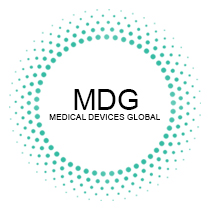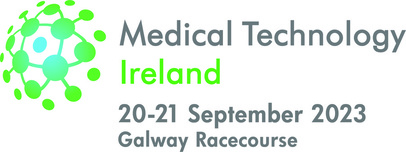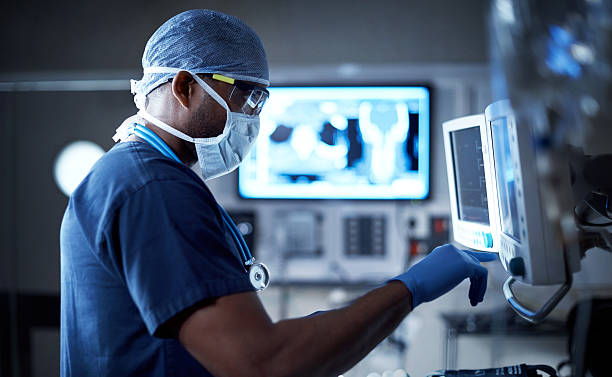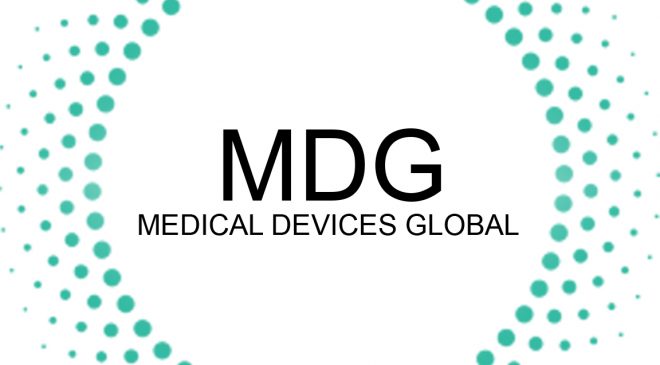In the ongoing battle against infectious diseases, the integration of artificial intelligence (AI) is revolutionizing the field of diagnostics. AI-driven pathogen detection systems are enabling faster, more accurate, and cost-effective identification of infectious agents, a development with profound implications for public health.
The Urgent Need for Rapid Pathogen Detection
Infectious diseases pose a constant threat to global health, with outbreaks ranging from seasonal influenza to emerging pandemics. Rapid and accurate pathogen detection is essential for effective disease control and prevention. AI is emerging as a powerful ally in this endeavor.
How AI Is Transforming Pathogen Detection
AI-driven pathogen detection systems leverage machine learning algorithms to analyze vast datasets of genetic and clinical information, enabling the following benefits:
1. Speed: AI algorithms can rapidly analyze complex genetic sequences and identify pathogens in a matter of hours or even minutes, compared to traditional methods that can take days.
2. Accuracy: These systems offer high accuracy in detecting pathogens, reducing the risk of false negatives or positives.
3. Early Warning: AI can identify emerging pathogens, track mutation patterns, and provide early warnings of potential outbreaks.
4. Drug Resistance Prediction: AI can predict antibiotic resistance patterns, aiding in the selection of appropriate treatments.
Key Applications of AI in Pathogen Detection
AI-driven pathogen detection is making a significant impact in infectious disease diagnostics:
1. Disease Outbreak Monitoring: AI can analyze genetic data from various sources, including public health databases and social media, to monitor disease outbreaks in real-time.
2. Vaccine Development: AI accelerates the development of vaccines by identifying target antigens and predicting vaccine efficacy.
3. Drug Discovery: AI-powered drug discovery platforms are rapidly identifying potential antiviral compounds for infectious diseases.
4. Personalized Medicine: AI can analyze a patient’s genetic information to tailor treatment plans for infectious diseases.
Challenges and Considerations
The integration of AI in pathogen detection is not without challenges, including data privacy concerns, regulatory approvals, and the need for standardized protocols. Ensuring the ethical use of AI in healthcare is an ongoing consideration.
The Future of AI-Driven Pathogen Detection
The future of AI in infectious disease diagnostics holds immense promise:
- Portable Diagnostic Devices: AI-powered diagnostic devices will be portable and user-friendly, making pathogen detection accessible in remote or resource-limited settings.
- Global Surveillance: AI will enable a global network of pathogen surveillance, enhancing preparedness for future pandemics.
- Disease Prediction: AI will predict disease outbreaks based on environmental and genetic data, facilitating proactive public health measures.
- Telemedicine Integration: AI-driven diagnostics will seamlessly integrate with telemedicine platforms, allowing for remote consultations and immediate pathogen detection.
Conclusion: A New Era in Infectious Disease Control
AI-driven pathogen detection represents a transformative force in infectious disease diagnostics, providing the speed, accuracy, and insight needed to control outbreaks and improve public health outcomes. As AI technology continues to advance, it promises to reshape the way we detect, monitor, and respond to infectious diseases, offering a brighter future in the fight against global health threats. Medical Devices Global remains committed to providing comprehensive coverage and insights into the dynamic world of AI-driven pathogen detection and its profound impact on infectious disease control.



